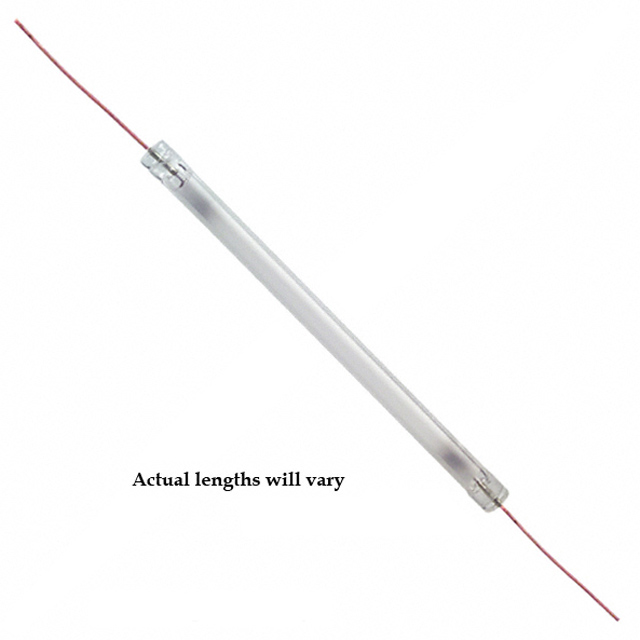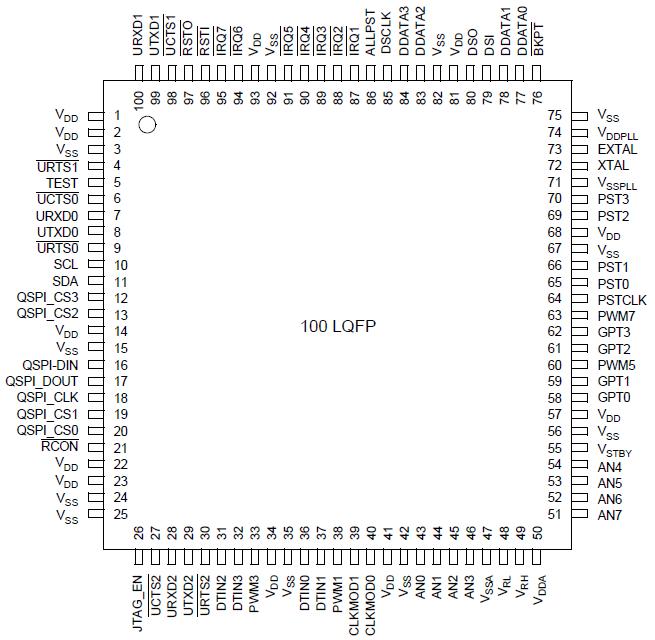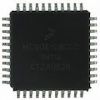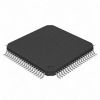MCF5213EC: Features: • Version 2 ColdFire variable-length RISC processor core- Static operation- 32-bit address and data paths on-chip- Up to 80 MHz processor core frequency- Sixteen general-purpose, 32-...
floor Price/Ceiling Price
- Part Number:
- MCF5213EC
- Supply Ability:
- 5000
Price Break
- Qty
- 1~5000
- Unit Price
- Negotiable
- Processing time
- 15 Days
SeekIC Buyer Protection PLUS - newly updated for 2013!
- Escrow Protection.
- Guaranteed refunds.
- Secure payments.
- Learn more >>
Month Sales
268 Transactions
Payment Methods
All payment methods are secure and covered by SeekIC Buyer Protection PLUS.

 MCF5213EC Data Sheet
MCF5213EC Data Sheet








